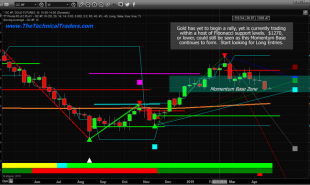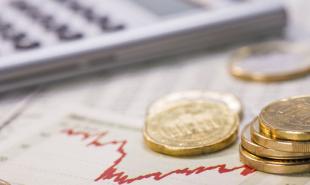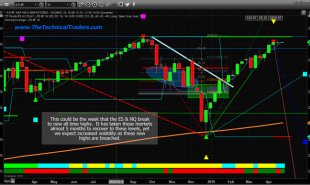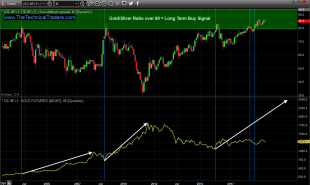
By Adem Tumerkan July 5, 2018, Palisade Research
One of the most important macro-situations that’s developing right now is the looming U.S. dollar shortage.
I don’t mean in the sense that banks don’t have enough dollars to lend out – I’m talking about the foreign sovereign markets.
Here are some of the things that’s causing liquidity to dry up. . .
1. Soaring U.S. deficits – the United States’ need for constant funding is requiring huge amounts of capital
2. A strengthening U.S. Dollar – which is weakening the rest of the worlds currencies
3. Rising U.S. short-term rates and LIBOR rates – courtesy of the Federal Reserve’s tightening
4. The Fed’s quantitative tightening program – unwinding their balance sheet by selling bonds
These four things are making global markets extremely fragile. . .
I’ve written about this dollar shortage before – but things are getting much worse.
As a recap of why this all matters – when the U.S. buys goods from abroad, they are taking in goods and sending out dollars. Otherwise said, they areselling dollars out of the country in return for goods.
Those countries that sold to America now have dollars in return. But since countries don’t have a mattress to store their money under – they must find liquid and ‘safe’ places to put it.
With the dollar as the world’s reserve currency – and U.S. treasury market being the most liquid – countries usually take the dollars and funnel them back into the U.S. via buying bonds.
Since the U.S. is a net-debtor – inflows of new money is constantly required to pay out outstanding bills. So there’s always fresh debt that foreigners can buy.
And if you haven’t checked lately, the national debt is over $21 trillion – and growing faster. The latest Congressional Budget Office (CBO) report stated that at the current rate – U.S. debt-to-GDP will be over 100% by 2028 (if not sooner).
So how does this tie into a dollar shortage?
Let me break it down. . .
The always-rapidly-growing U.S. deficit requires constant funding from foreigners. But with the Federal Reserve raising rates and unwinding their balance sheet through Quantitative Tightening (QT) – meaning they’re sucking money out of the banking system.
These two situations are creating the shortage abroad. The U.S. Treasury’s soaking up more dollars at a time when the Fed is sucking capital out of the economy.
Not too mention the strengthening dollar and higher short-term yields are making it more difficult for foreigners to borrow in dollars. Especially at a time when Emerging Market’s are imploding.

And as we know – while the dollar gets more expensive – other currencies are getting weaker.
Here’s some of the largest Asian economies and how much their currencies have weakened against the dollar. . .

Unfortunately – foreign Central Banks have only limited options of what they can do to protect their currencies. . .
One – they can raise rates to defend their local currency. The idea is that if they offer higher interest rates, investors will park money in the country.
But raising rates will slow their growth down and hurt the nations debtors. And with Trump’s trade policies causing concerns for export heavy economies – mainly the Emerging Markets – making borrowers pay more interest isn’t a good thing.
Two – they can sell their dollar reserves instead. The Central Bank can sell their reserves at a discount on the Foreign Exchange market. And buy their local currency in return – pushing the USD down against their own currency.
The problem with this option is that it’s very costly and risky. . .
All the years of surpluses it took for them to build up those dollar reserves can disappear in a blink of an eye. And what do they get in return for all that cost? Temporary stability of their currency until they run out of dollars to sell. This is what happened in the 1998 ‘Asian Contagion’ crisis that decimated Asian economies.
And it appears things are already approaching ‘critical mass’ as foreign Central Banks grow concerned with the Fed’s tightening. Here are a couple of examples. . .
The Vietnamese Central Bank recently announced that they’re willing to intervene in the foreign exchange market to protect the stability of their local currency – the Vietnamese Dong (VND) – which just hit a record low.
This means they’re using ‘Option Two’ – selling their dollar reserves (pushing the USD Forex down) and buying the Dong on the open market (pushing the VND up).
This will ‘stabilize’ their currency’s value – that is, until they run out of dollars. . .
Another example – the Reserve Bank of India (RBI) governor – Urjit Patel – penned a piece in the Financial Times urging the Fed to slow down their tightening to prevent further chaos in the emerging markets.
Indonesia’s new central bank chief shared the RBI’s feelings – calling on the Fed to be “more mindful of the global repercussions of policy tightening.”
With the U.S. Treasury requiring significant funding from abroad. And the Fed raising rates while pulling dollars out of the economy via Quantitative Tightening – this is the foundation of a dollar shortage.
The soaring U.S. dollar, Emerging Market chaos, and depreciating Asian currencies are all effects from this.
That means global economies and stock markets will grow far more fragile – until the Fed inevitably reverses their tightening to re-liquidize global markets.
As usual – expect things to get worse before they get better.
Read more by MarketSlant Editor







